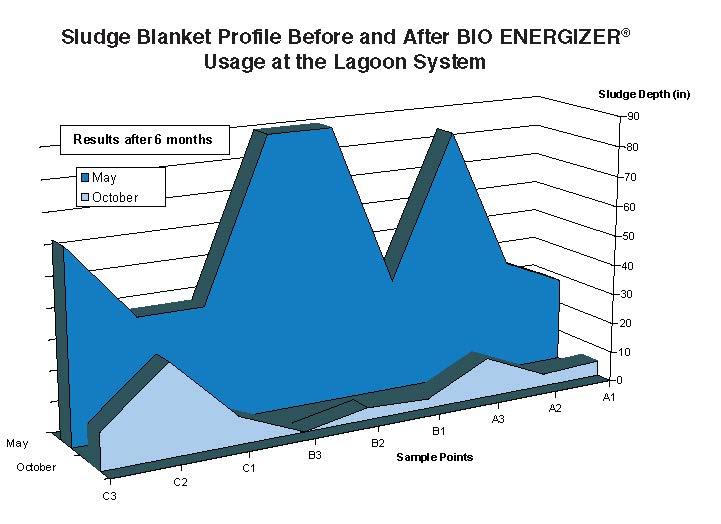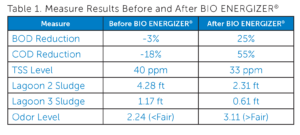
In English Online In English PDF Download
En Español Ver Online En Español Descagar PDF
Contact a Probiotic Solutions® representative for recommended dosing.
Related Posts

Microplex® JS Jump Starts Utah Summer Camp WWTF
by Heather Jennings, PE If I had to choose a favorite of our microbial products it would have to be our Microplex® JS product. It is a two-part formulation of a live synergistic blend of natural, Class I bacteria, specifically chosen for their ability to rapidly degrade solids, fats, lipids, proteins, detergents, hydrocarbons, and other

Food Processing Wastewater Treatment Solutions
Experience the world’s most efficient wastewater remediation products, for operational stability of food processing wastewater treatment facilities.

BIO ENERGIZER® Reduces Sludge at Sugar Refinery Wastewater Treatment Lagoons
Location: Louisiana A large sugar refinery struggled with elevated BOD and COD values in its wastewater treatment lagoons due to the sugar refinery process. The lagoon wastewater system capacity was 25 million gallons with an influent of 1.25 million gallons per day. The wastewater system also suffered from accumulating sludge as well as significant odor

